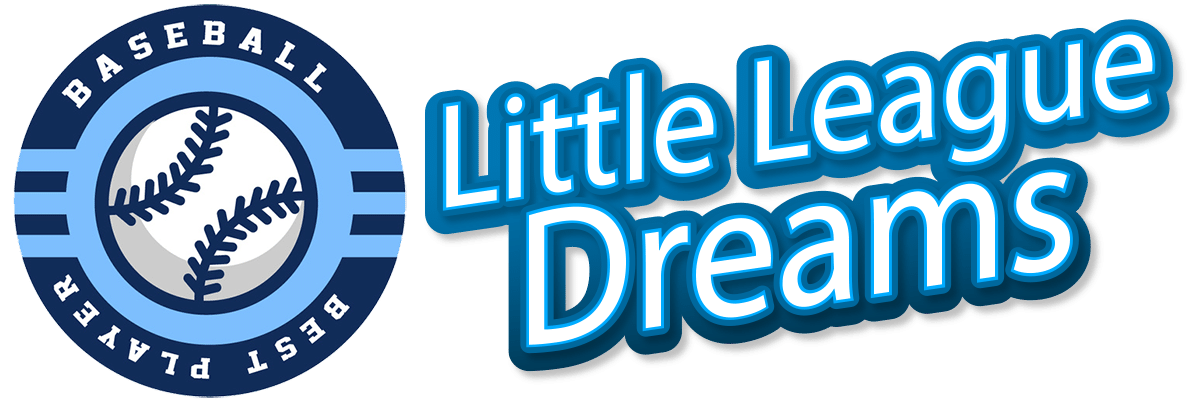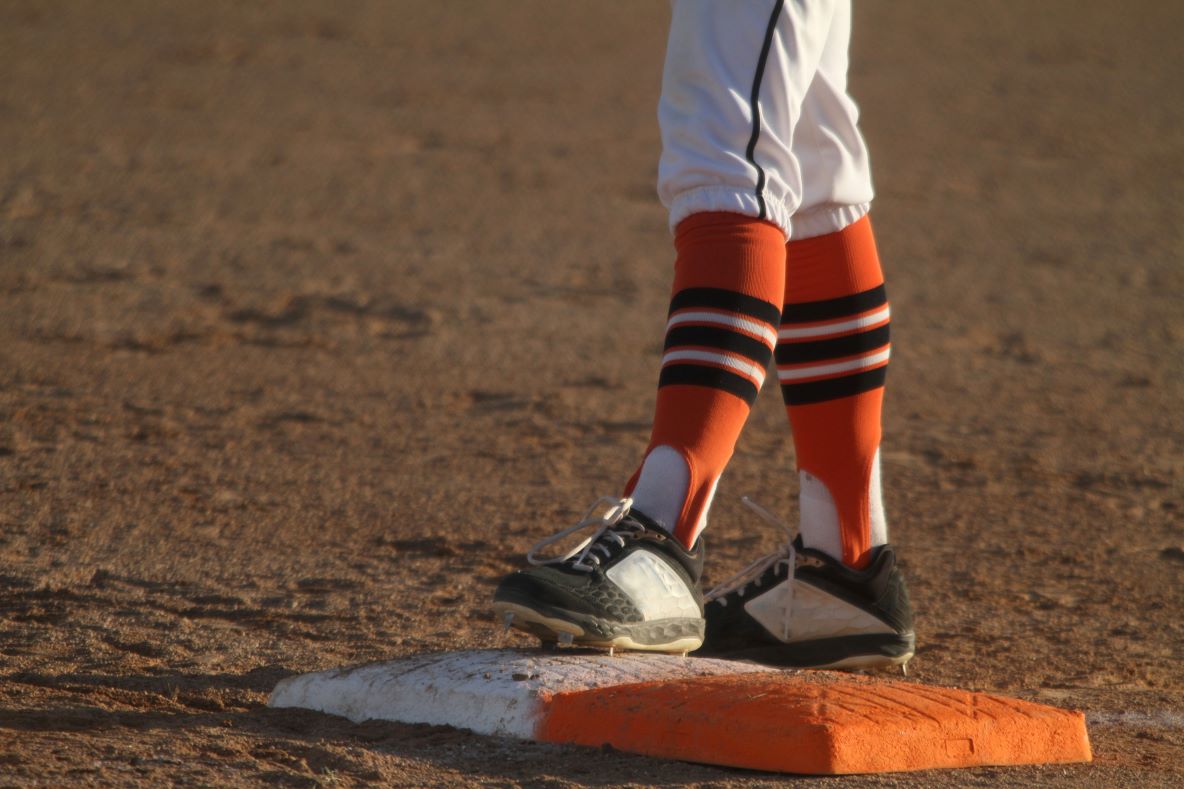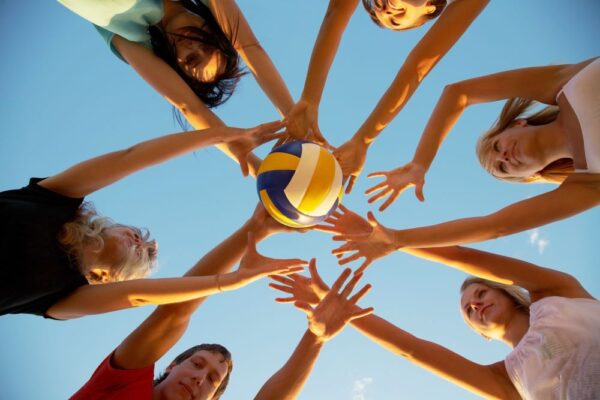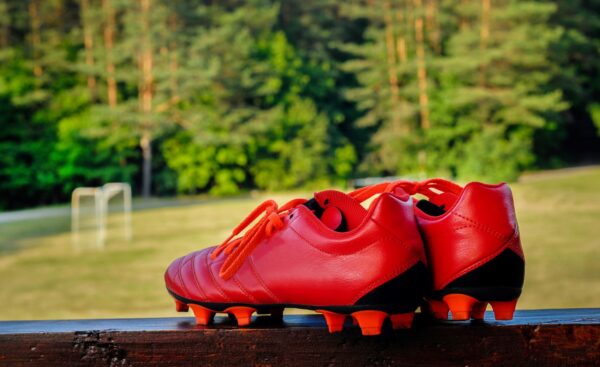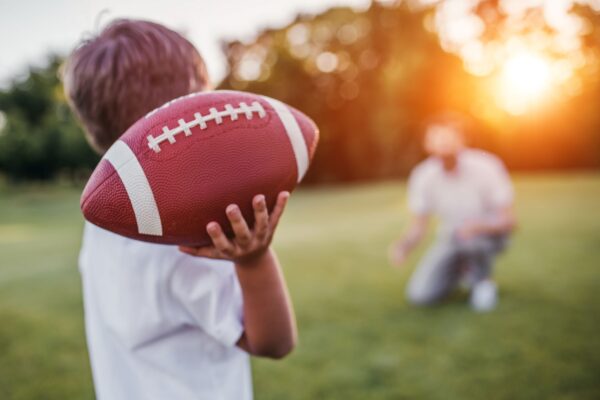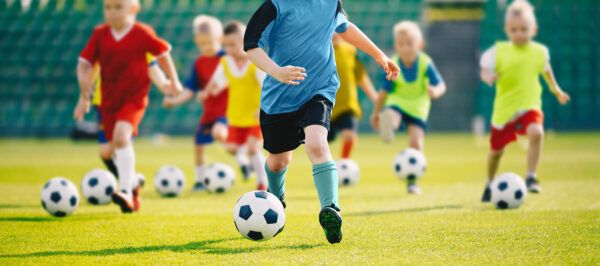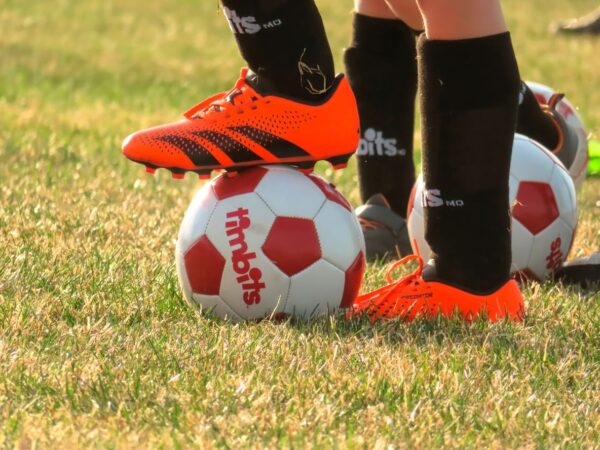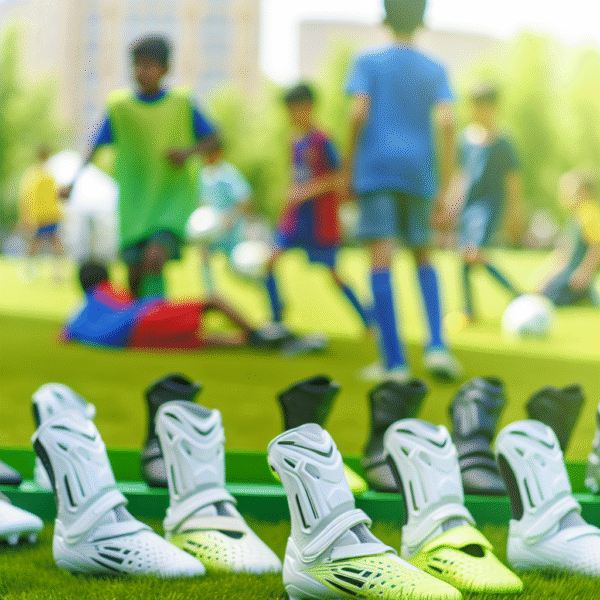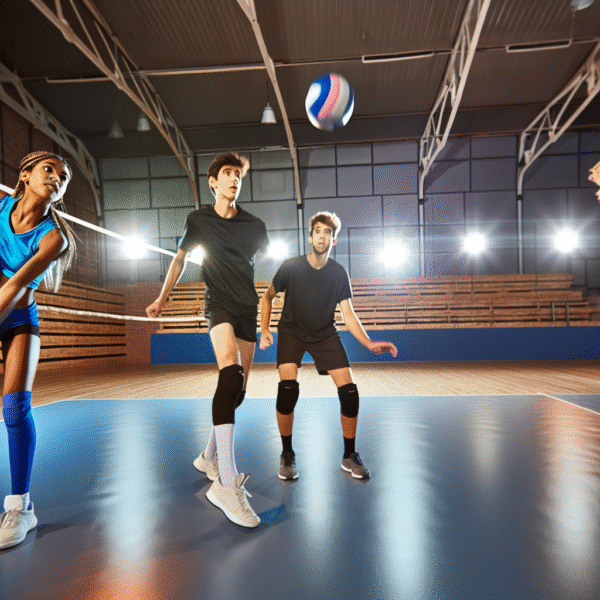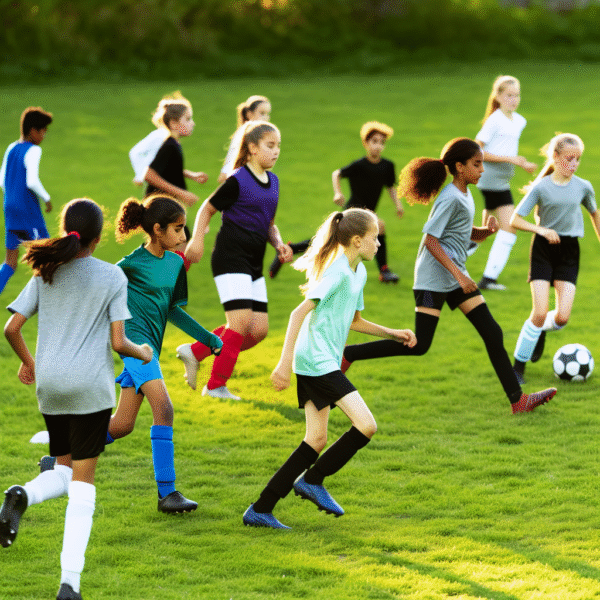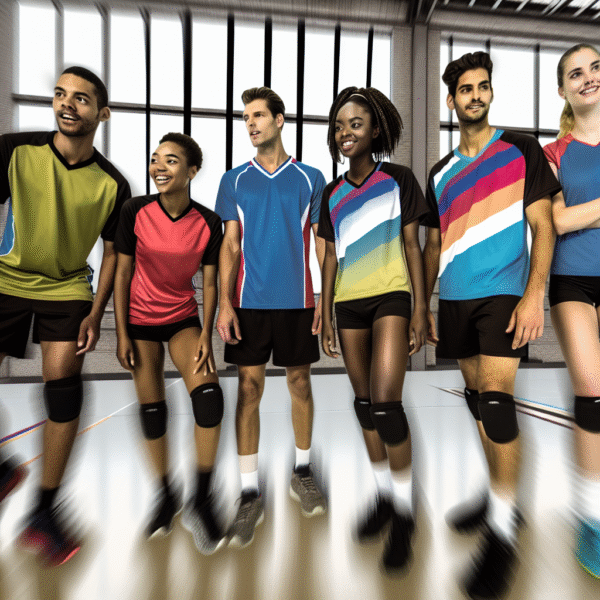Is it time to buy cleats again? Youth athletes seem to outgrow their shoes every few months, making it tough to keep up. Choosing the right youth baseball cleats isn’t just about size—it’s about safety, traction, comfort, and performance. This comprehensive guide will walk you through everything you need to know when shopping for your child’s next pair of cleats.
Why Baseball Cleats Matter for Young Athletes
Unlike standard athletic shoes, baseball cleats are built for performance on the diamond. They offer improved grip, stability, and movement control. The right cleats can help your child run faster, change direction more easily, and stay safe during play.
Key Benefits of Youth Baseball Cleats
-
Improved Traction: Molded or metal spikes dig into dirt and grass, helping players move with confidence.
-
Speed and Agility: A firm grip on the ground allows for faster sprints and better direction changes.
-
Weather Resistance: Even on wet or muddy fields, cleats help prevent slips and falls.
-
Injury Prevention: Cleats stabilize the foot, reducing the risk of ankle sprains and other lower-body injuries.
-
Comfort and Support: Most designs include padded soles, arch support, and breathable materials.
-
League Compliance: Many leagues require approved footwear, so proper cleats keep your child eligible to play.
Always check the regulations of your child’s league or tournament before purchasing cleats, especially when playing on turf or indoors.
Types of Youth Baseball Cleats
There are four main types of baseball cleats. The right one depends on your child’s skill level, playing surface, and safety needs.
Molded Cleats
These cleats feature fixed rubber or plastic studs. They’re a great choice for beginners and younger players because they’re affordable, durable, and provide solid traction on both grass and dirt. Molded cleats are also safer in terms of avoiding accidental injuries.
Metal Cleats
Metal spikes deliver top-tier traction and are often used by older, more experienced players. However, most youth leagues prohibit them due to safety concerns. Always double-check league rules before considering this option.
Turf or Trainer Cleats
Designed for artificial turf and indoor play, these cleats feature rubber soles with small nubs for grip. They offer excellent comfort and minimize pressure on growing feet. Turf cleats are a great option for practice days or non-competitive environments.
Interchangeable Cleats
These versatile cleats allow players to switch between molded and metal studs. While they offer flexibility, they tend to be heavier and more expensive, making them more suitable for advanced youth players.
What to Look for in Youth Baseball Cleats
Several key features make a big difference in how your child feels and performs on the field.
1. Material and Durability
Choose cleats made from synthetic leather or mesh blends. These materials balance durability with breathability, helping shoes last through the season.
Example: New Balance Kids’ 4040v5 features a tough synthetic upper designed for active play.
2. Proper Fit and Comfort
The cleats should fit snugly, without being tight. A padded insole and ankle collar reduce fatigue during long games.
Example: Under Armour Harper 5 Mid RM Jr. offers excellent ankle support and cushioning for comfort.
3. Cleat Pattern and Grip
Different cleat patterns affect traction. A multidirectional design helps beginner players stay stable in all directions.
Example: adidas Adizero Afterburner V uses an aggressive cleat layout for reliable grip.
4. Ankle Support
High-top cleats provide extra support and can help prevent rolled ankles. This is especially helpful for new or injury-prone athletes.
Example: Nike Force Trout 7 Pro MCS offers a high-top cut for added stability.
5. Lightweight Design
A lighter cleat allows for quicker movements. This improves speed and agility, especially during base running.
Example: Mizuno Franchise 10 Low cleats are built for speed without sacrificing support.
6. Style and Confidence
Let your child pick a color or design they love. When kids feel confident, they often perform better.
Example: Under Armour Leadoff Low RM Jr. comes in a range of fun colors.
Youth Baseball Cleat Size Guide
Getting the right size is just as important as choosing the right brand.
-
Measure Properly: Have your child stand while you measure from heel to toe.
-
Use a Brand Chart: Sizing varies by brand, so use the manufacturer’s chart for accuracy.
-
Leave Some Room: A thumb’s width at the toe ensures comfort and growth space.
-
Try Before You Buy: If possible, try them on with game-day socks to test for comfort.
-
Consider Widths: Some children need wide sizes. Check if the brand offers options.
If your child is between sizes, go slightly bigger and use thicker socks or an insole for a better fit.
Best Youth Baseball Cleats of 2023
Not sure where to start? These five options are favorites among young athletes and parents.
1. Nike Alpha Huarache Varsity Keystone Mid
-
Pros: Great style, lightweight build, and excellent grip.
-
Cons: May run small and need breaking in.
2. Under Armour Leadoff Low RM Jr.
-
Pros: Affordable, durable, and cushioned.
-
Cons: Narrow fit and limited color choices.
3. New Balance 4040v5
-
Pros: Comfortable for wide feet, excellent support.
-
Cons: Slightly pricier than other models.
4. Mizuno Franchise 10 Low
-
Pros: Strong traction and great ankle protection.
-
Cons: Some break-in time required.
5. Adidas Icon V
-
Pros: Lightweight and stylish with solid traction.
-
Cons: May fit large for some kids.
Each of these cleats offers great value depending on your child’s needs. Always read reviews and talk to other parents or coaches for advice.
How to Maintain Youth Baseball Cleats
Caring for cleats properly will keep them in good shape all season.
-
Clean Regularly: Use a soft brush after each use to remove dirt.
-
Air Dry: Never use heat to dry cleats. Let them air out naturally.
-
Remove Insoles: Take them out to dry separately and reduce odor.
-
Store Properly: Keep cleats in a cool, dry place when not in use.
-
Avoid Concrete: Walking on hard surfaces wears down the studs.
-
Rotate Pairs: If possible, alternate cleats for practice and games.
-
Repair Minor Damage: Fix small issues before they get worse.
-
Replace When Needed: Worn-out cleats can affect performance and increase injury risk.
FAQs About Youth Baseball Cleats
How often should I replace my child’s cleats?
Check cleats each season for worn studs, discomfort, or broken materials. Most kids need new cleats annually due to growth.
Can kids wear metal cleats?
Usually not. Most youth leagues ban metal spikes for safety reasons. Always confirm with your child’s league first.
Are molded cleats better than rubber ones?
Both are great. Molded cleats last longer and offer better traction. Rubber cleats tend to be more flexible and comfortable for new players.
How do I know if the cleats fit properly?
Look for a snug fit with room at the toe. Have your child try them on with their usual socks to check for pressure points.
Can I wash cleats in a machine?
Avoid washing machines. Hand clean with a brush and mild soap, then air dry to protect the materials.
Looking for more gear tips and sports guides? Sign up for our newsletter and get expert advice straight to your inbox. And if you found this buying guide helpful, share it with other parents searching for the perfect youth baseball cleats!
